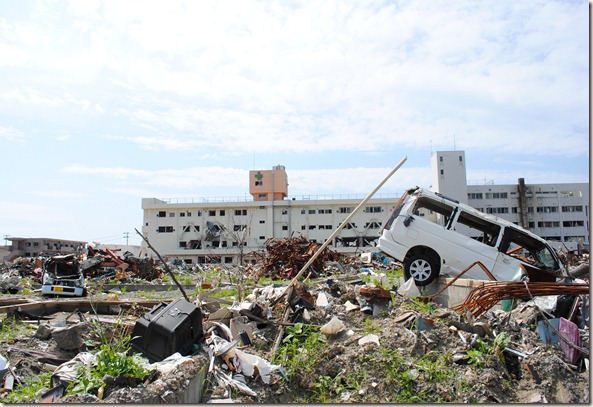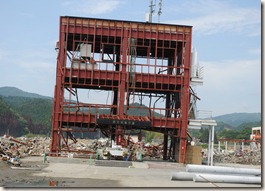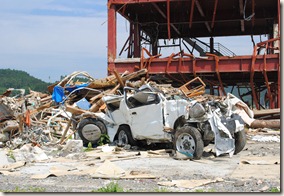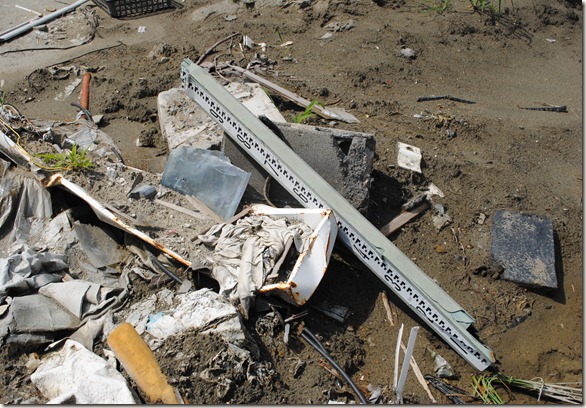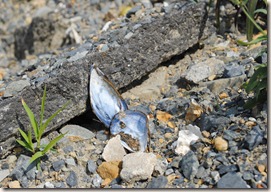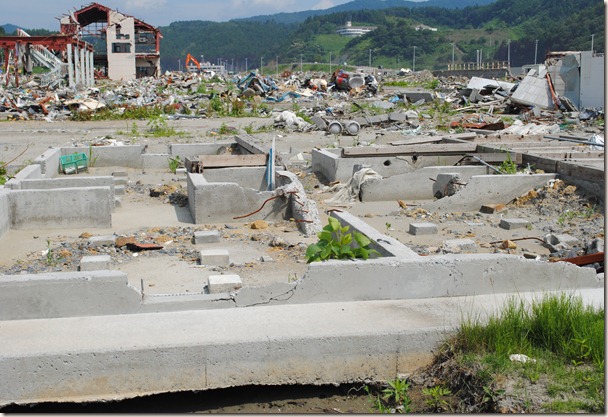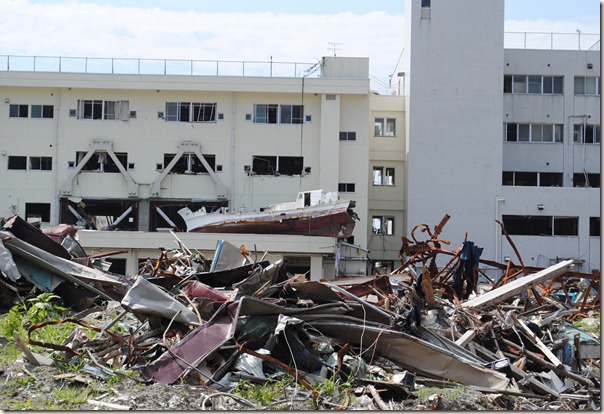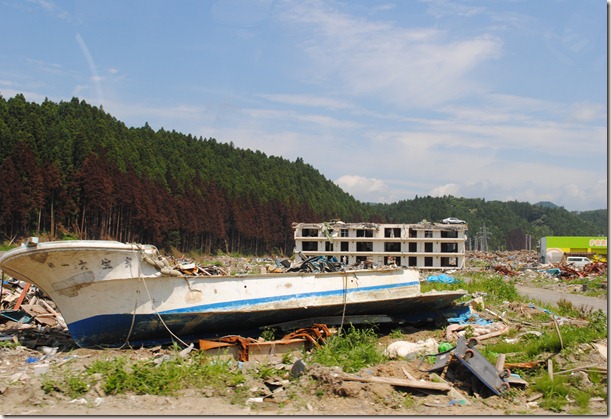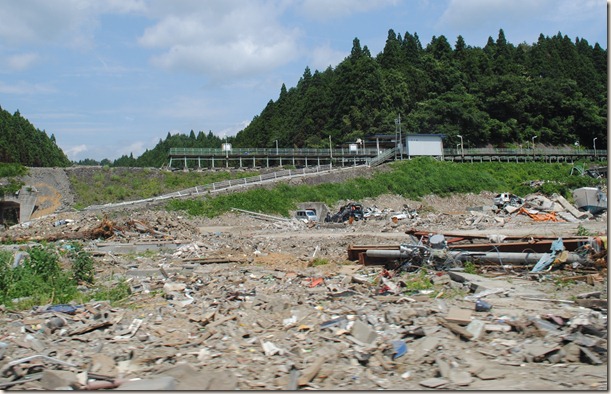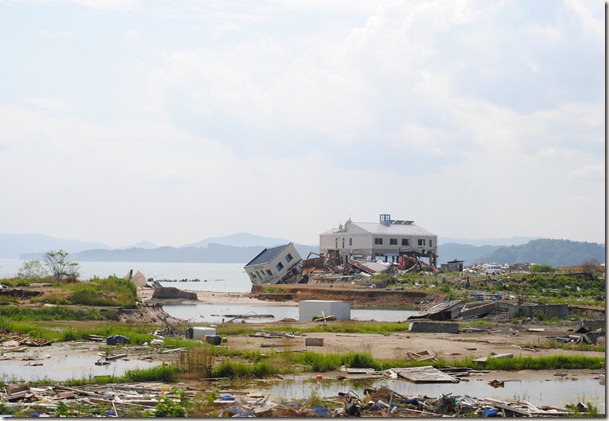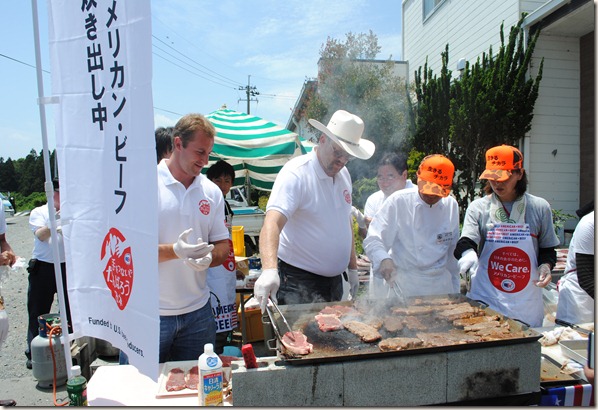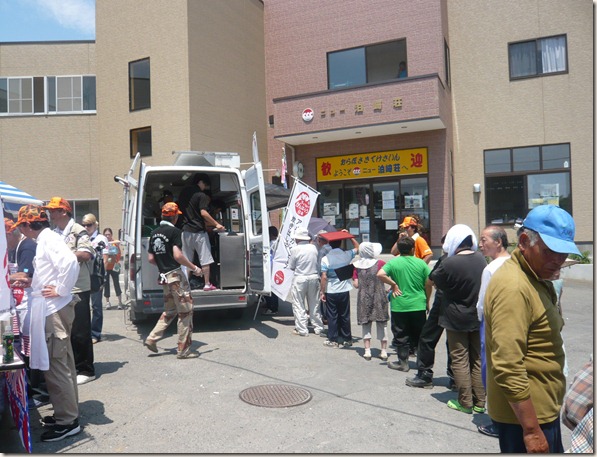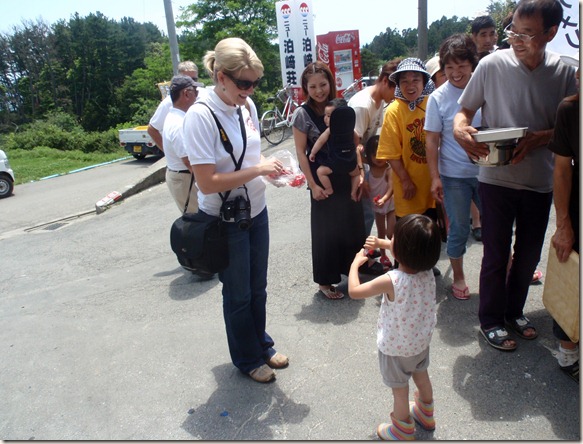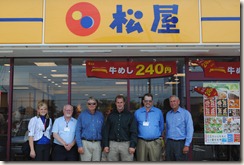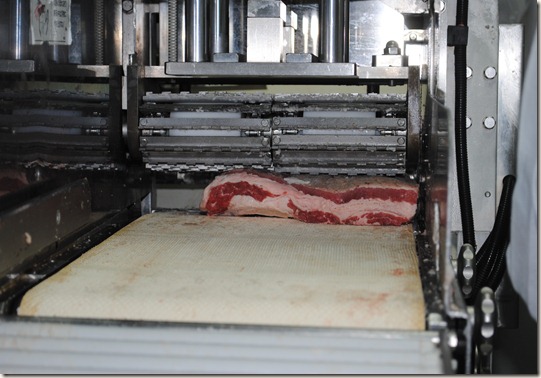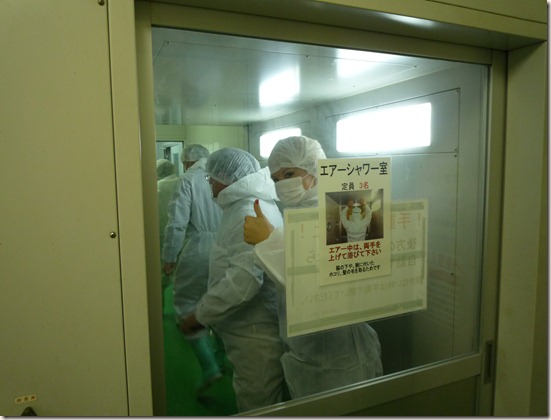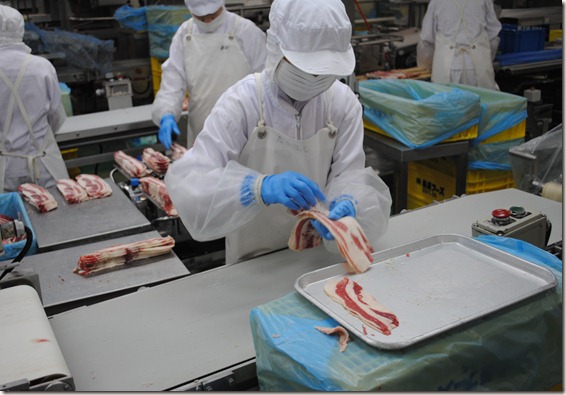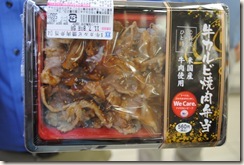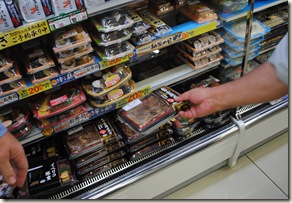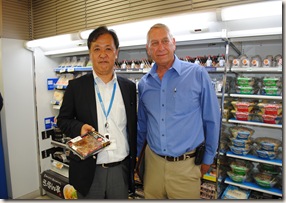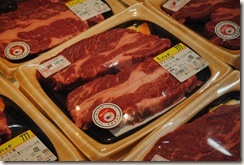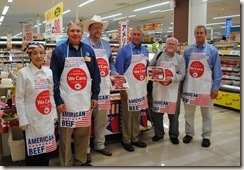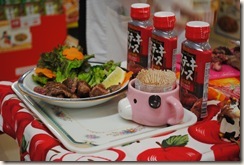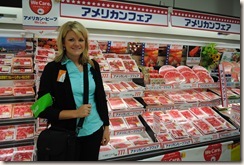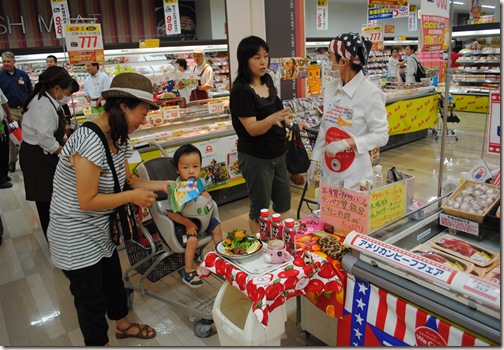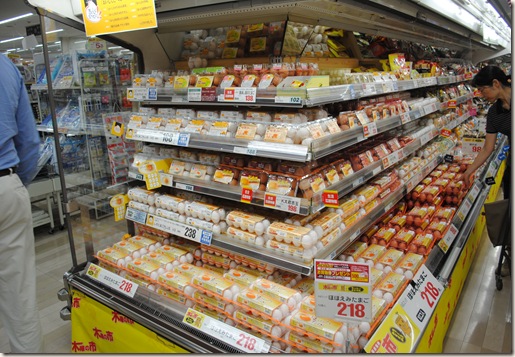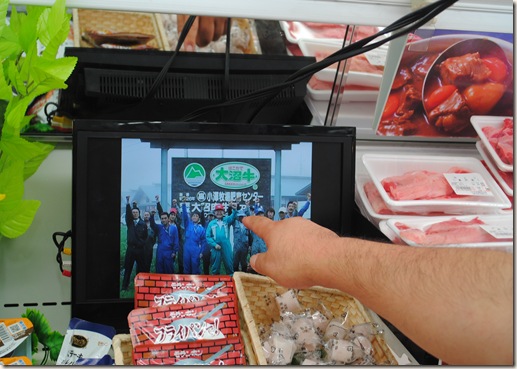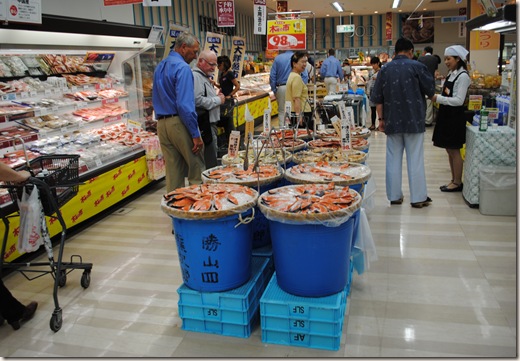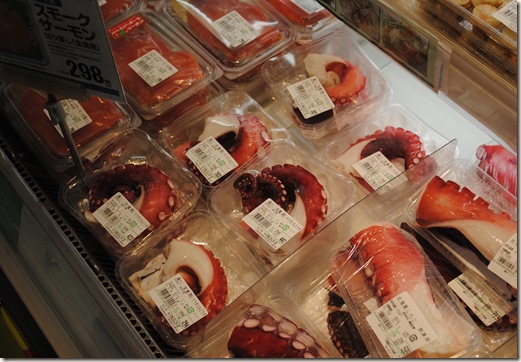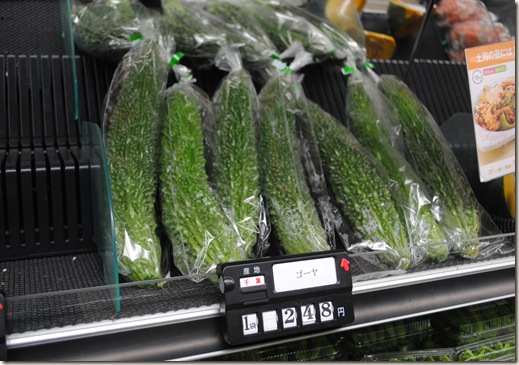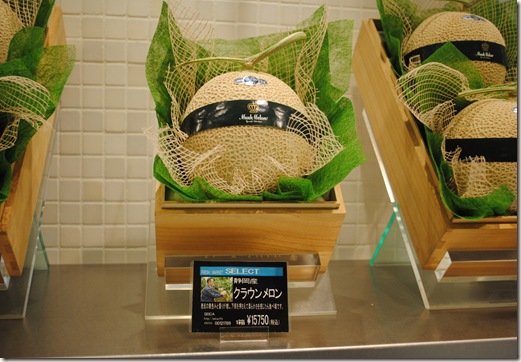 One of the unique parts of our mission was that one of the members of our delegation was an Olympic gold medalist.
One of the unique parts of our mission was that one of the members of our delegation was an Olympic gold medalist.
Curt Tomasevicz is the only winter Olympian in Nebraska, and has been the spokesman for Nebraska corn for the past year. He and his bobsled team won the gold medal in the 4-man event in the Vancouver Olympics.
Throughout our time in Japan, it was so neat to see the faces of the people we encountered when they saw the gold medal. It was really an iconic, international language that every person recognized. Even when we didn’t have an interpreter, we were able to connect and “communicate” with people because of their recognition and respect for the Olympian.
On Sunday, the team travelled to a Kawasaki City elementary school where we partnered with Lawson Convenience Stores - the second largest convenience store chain in Japan - to meet with a girls soccer team and distribute U.S. beef "bento boxes" or beef and rice microwavable lunches, to the girls. The girls team comprised of 7-10 year olds, were aware that our team was coming, but they were most excited about meeting Curt.
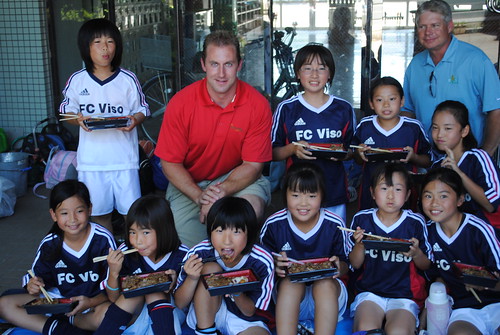
A few of them thought I was cool enough to eat lunch with also. :)
Most girls were shy at first, but had prepared questions in English to ask Curt about the Olympics, his favorite food, and why he was in Japan. It was a great opportunity for Curt to share to the young athletes about staying healthy and eating right, as well as the reason for being in Japan - to promote U.S. beef and that U.S. beef is fed with high-quality U.S. corn grown by farmers like the others on our team.
The team then shared their lunch time with our team and wanted to play soccer with Curt.

We also had an opportunity to travel to Nagano where the 1998 Winter Olympics were held. We met with Mr. Koshi who is a skeleton athlete, as well as a member of the Japanese Olympic Committee. He took us to “The Spiral” – the bobsled track that was used in the Olympics. 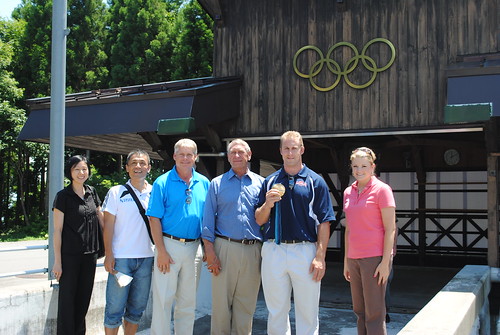
Koshi actually let us walk down the track – not as steep as I thought it might be, but the curves were pretty wicked and I can only imagine going down them at 90+ MPH!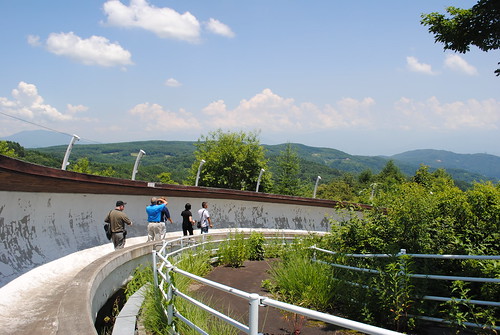
They have a pretty unique practice track and Koshi got the practice bobsled out for Curt to show us how it is done.
And look who even got a ride. :) 
The whole experience was such an amazing opportunity and I am blessed to have been able to promote U.S. beef and see an amazing part of the world. We need them as much as they need us, and because of modern technology in agriculture, we are able to work together in the incredible global market we have today.
You can see more pictures from our team’s Flickr online photo album.

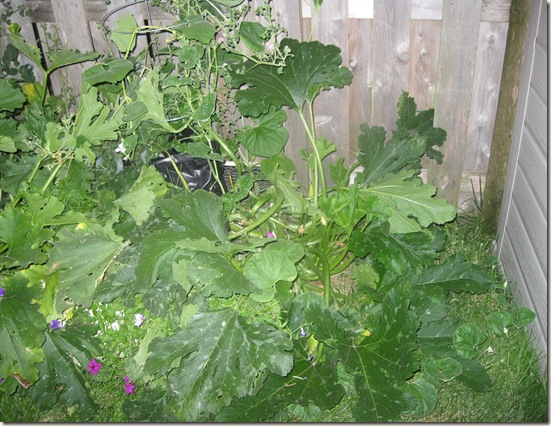
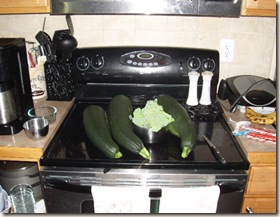
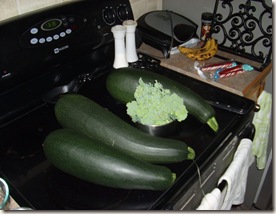


 One of the unique parts of our mission was that one of the members of our delegation was an Olympic gold medalist.
One of the unique parts of our mission was that one of the members of our delegation was an Olympic gold medalist.






